Cape Cobra Naja nivea (Kaapse geelslang, Koperkapel, Geelkapel, Bruinkapel)
Family: Elapidae
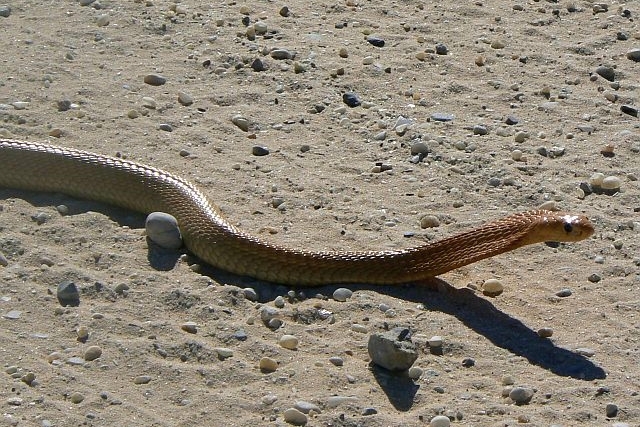
© Toko
Kgalagadi Transfrontier Park
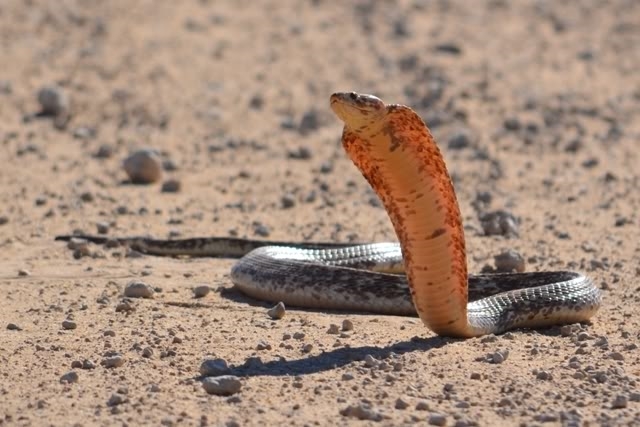
© Mel
Kgalagadi Transfrontier Park
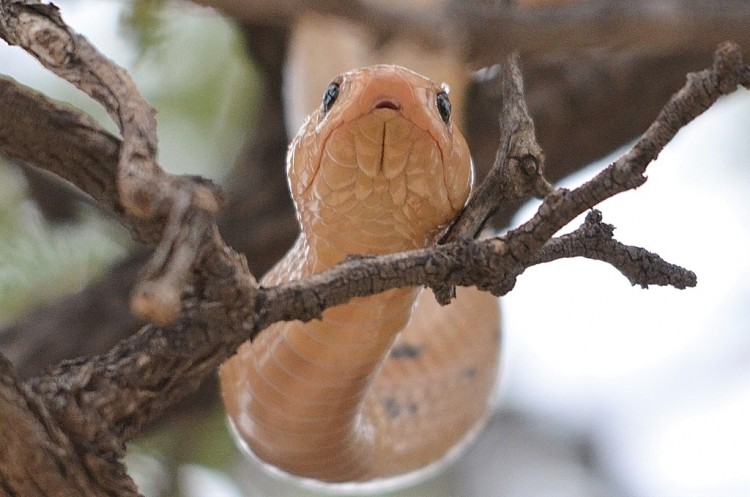
© Mel
Characteristics
• Broad typical Head
• Generally in drier habitats
• Spreads a hood when threatened, fairly aggressive species
• Diurnal
• Typical Cobra - Smooth shiny scales
 Description
Description
The Cape cobra is a medium sized species of cobra. Mature specimens typically are about 1.2 m long, but it may grow up to 1.8 m in length. Males are slightly larger than females.
It varies widely in color; it ranges from yellow through golden brown to dark brown and even black. In addition, individuals show a varying degree of black or pale stippling and blotches, and although it has been stated that colour and marking are geographically related, it is also possible to observe virtually all colour varieties at one location. For example, it is well known that the Kalahari Desert specimens in Botswana and Namibia are usually more consistently yellow than the more southerly populations. However, at DeHoop, and other specific locations in the Western Cape, all colour variations have been recorded. Juvenile specimens generally have conspicuously dark throats extending down the belly for the width of a dozen or so ventral scales. The colour fades during the first year or two of life.
Scalation
Midbody scales are in 19-21 rows, with 195-227 ventrals and 50-68 paired subcaudals. The anal shield is entire. There are 7 upper labials with the 3rd and 4th entering the eye, and 9 (sometimes 8 or 10) lower labials, as well as 1 preocular and 3 (sometimes 4) postoculars. Temporals are variable, usually 1+3.
Geographical distribution
This species is endemic to southern Africa. In South Africa, where it mainly occurs, they can be found throughout the Cape Province, Free State Province, and southwestern Transvaal. It is also found in the southern half of Namibia, southwestern Botswana, and western Lesotho. They are also found in the Kalahari desert, particularly in the southern regions of theKalahari.
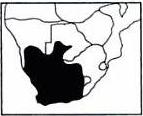 Habitat
Habitat
The Cape cobra occurs in a variety of different habitats. This species' preferred habitat is fynbos, bushveld,karoo scrubland, arid savanna, and deserts such as the Namib desert and the Kalahari desert where it can be found in rodent burrows, abandoned termite mounds and, in arid regions, rock crevices. Where it occurs in temperate regions and arid karroid regions, it is often found along rivers and streams entering well-drained, open areas. In Lesotho, they can even be found in altitudes as high as 2500 m above sea level. They occur in forest and high grassland areas of Free State province. It can also be found in rocky hills of the Cape and in desert and semi-desert areas of its geographical range. Cape cobras are also known to venture into villages, partially developed suburbs, and squatter communities where they may enter houses to escape the heat of the day. This brings them into direct contact with humans.
Behaviour
The Cape cobra is a diurnal species and actively forages throughout the day. During very hot weather it may become crepuscular, but is rarely if ever observed during the hours of darkness. It is a terrestrial snake, but will readily climb trees and bushes. When not active, it hides in holes or under ground cover, such as brush piles, often remaining in the same retreat for some time. It is a quick moving and alert species, and although generally not as aggressive as some other African species of venomous snake, when disturbed the Cape cobra will raise its forebody off the ground and spread a broad hood and hiss loudly. Once on the defensive, it strikes readily. If the threat remains motionless, the snake will quickly look for an escape, but any sort of movement will get the snake into a defensive posture again. The Cape cobra is more aggressive during the mating period.
Diet
This species of cobra is a feeding generalist. It feeds on a wide spectrum of prey, including other snakes, rodents, lizards, birds, and carrion. Recorded prey items for this species at DeHoop showed that 31% of the species' diet consisted of rodents, 20% was other snakes (including juvenile and small adult puff adders), 11% lizards, 11% birds, 16% carrion, and 11% "conspecifics". In the same study period conducted at DeHoop, Cape cobras were seen scavenging and feeding on carrion on two occasions. Both were road-killed snakes. It is also well known for raiding Sociable Weaver nests. Cape cobras can be cannibalistic, sometimes eating the young of its own kind.
Predators
Predators of the Cape cobra include the honey badger, other carnivorous mammals, various birds of prey (secretarybirds and snake eagles), and other snakes may also prey on this species. Meerkats and the mongoose, which have a high resistance to its venom, often prey on the Cape cobra and are its main predators.
Reproduction
This species is oviparous. Mating season is during the months of September and October, when these snakes may be more aggressive than usual. Females lay between 8 and 20 eggs (roughly 60 X 25 mm in size) in summer (December–January), in a hole or an abandoned termite mound or some other warm, wet location. The hatchlings measure between 34 and 40 cm in length and are completely independent from birth. In one captive study, mating occurred in the month of September and oviposition in November. Gestation period was approximately 42 days and the incubation period was 65–70 days at about 28-33°C. Clutch size was 11-14 and hatchling ratio was one male to five females.
Venom
The venom is thick like syrup and as toxic as the black mamba's. The average venom yield is 120mg- 250mg. To kill a human, only 15-20 mg is needed. The venom is neurotoxic, and death usually occurs from the rapid onset of paralysis. Large volumes of antivenom are urgently needed to treat a bitten person. This species is responsible for the majority fatal snakebites.
Links:
Bill Branch, William R. Branch: A Photographic Guide to Snakes and Other Reptiles of Southern Africa;
Johan Marais: Snakes and Snake bite in Southern Africa
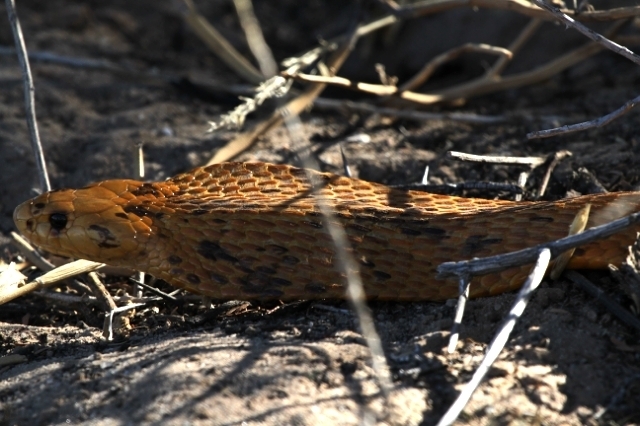
© Tina
Kgalagadi Transfrontier Park
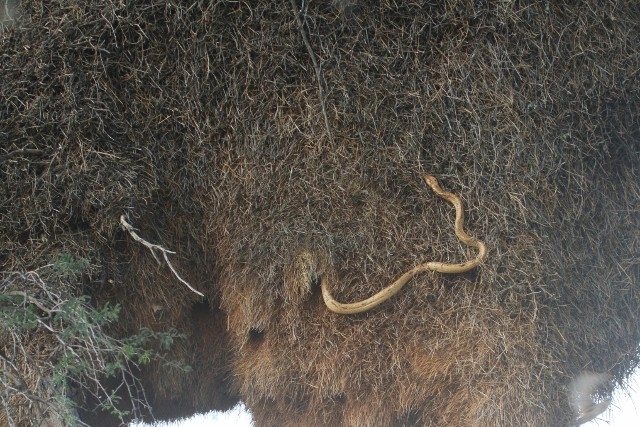
© nan
Kgalagadi Transfrontier Park
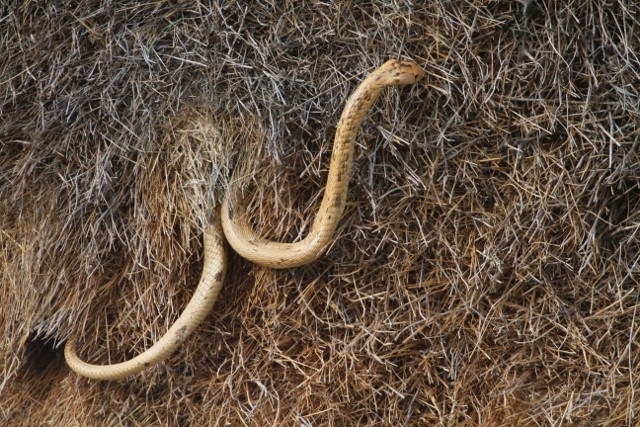
© nan
Cape Cobra raiding a sociable weavers nest.
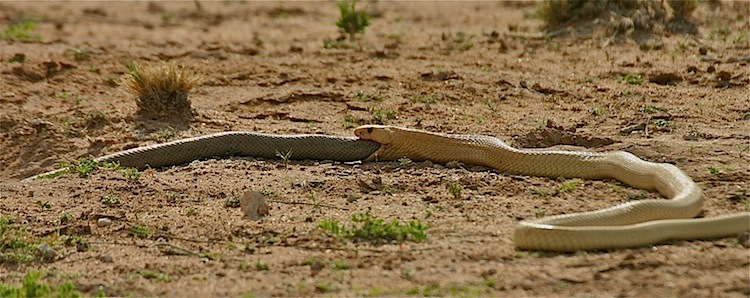
© ExFmem
A Cape cobra devouring a Mole snake (Kgalagadi Transfrontier Park)



 © Toko
© Toko  © Mel
© Mel

 © Tina
© Tina  © nan
© nan © nan
© nan © ExFmem
© ExFmem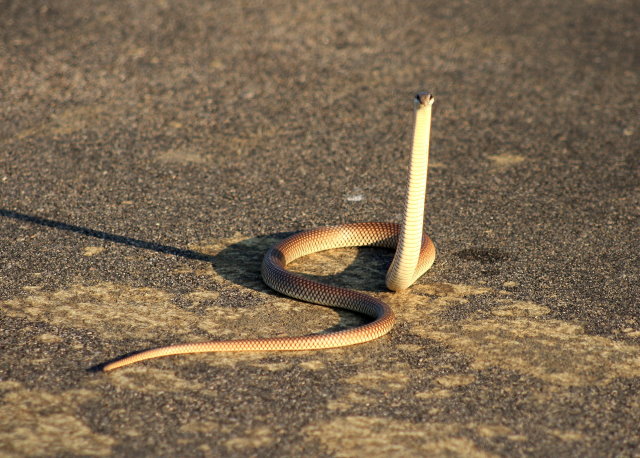 Kruger National Park
Kruger National Park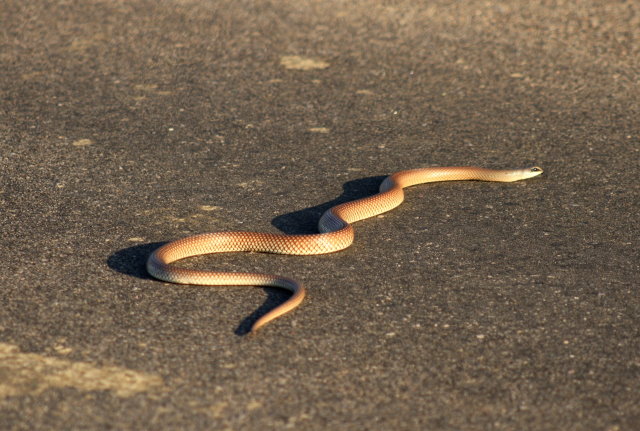
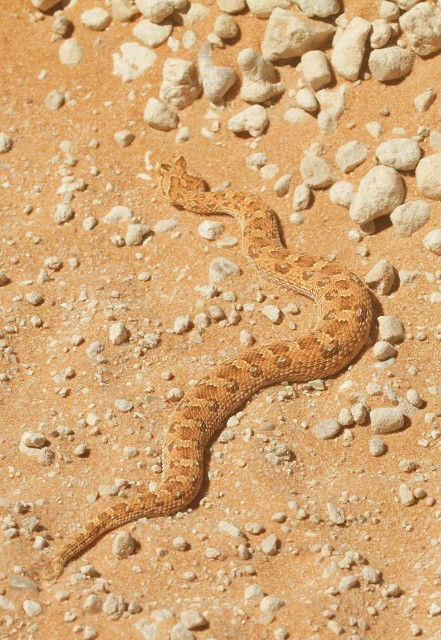 Kgalagadi Transfrontier Park
Kgalagadi Transfrontier Park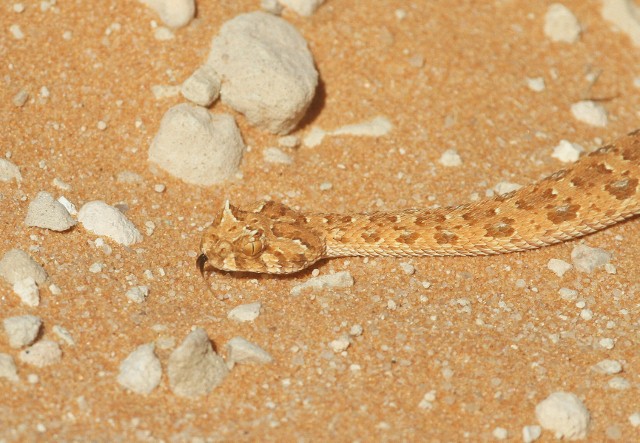
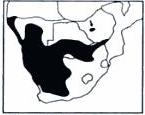
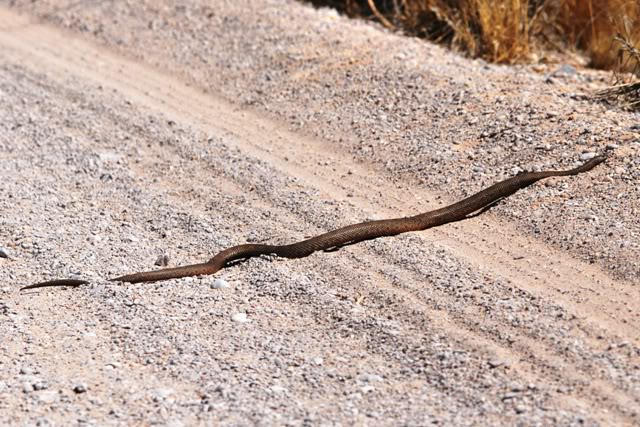 KTP
KTP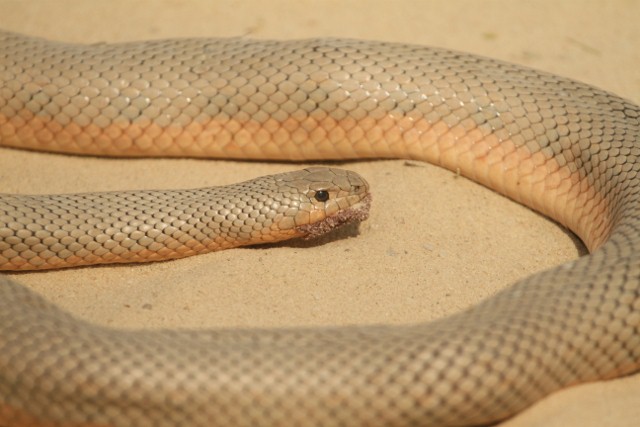 © nan
© nan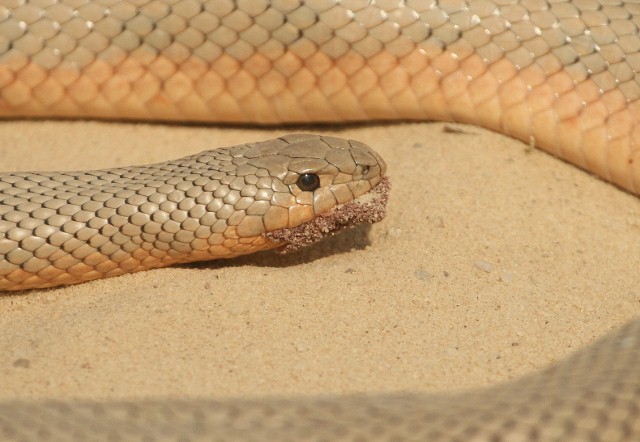 © nan
© nan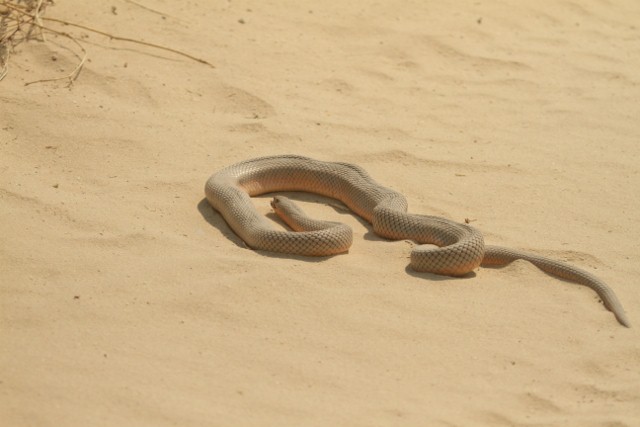 © nan
© nan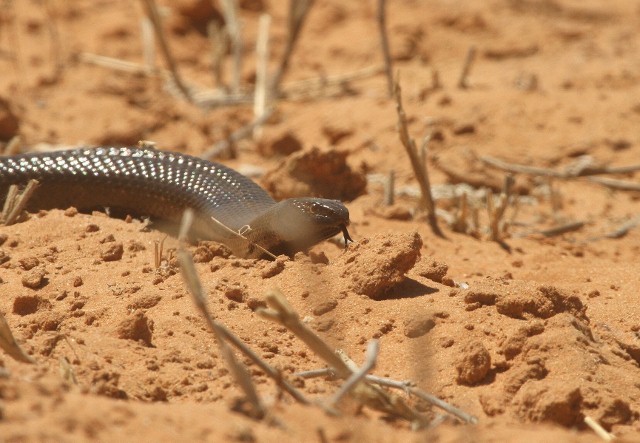 © nan
© nan juvenile © ExFmem
juvenile © ExFmem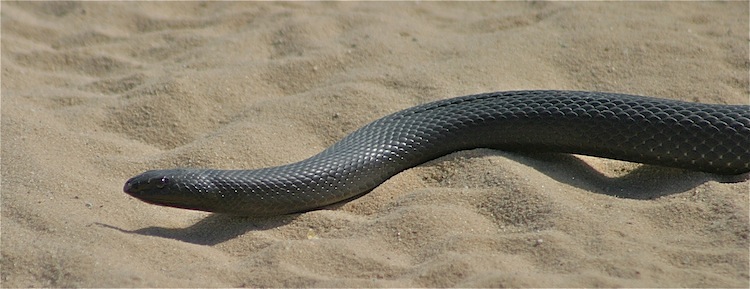 black morph © ExFmem
black morph © ExFmem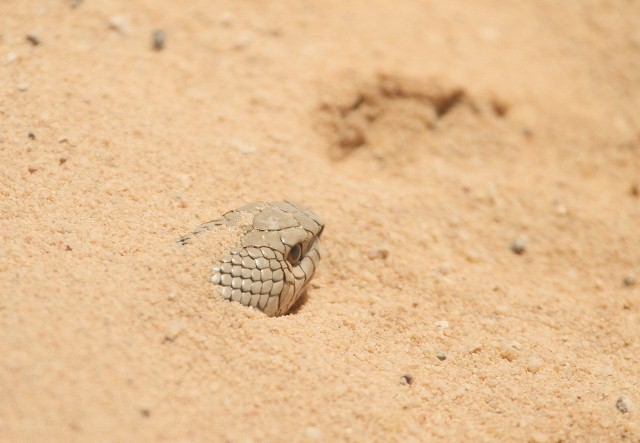 © nan
© nan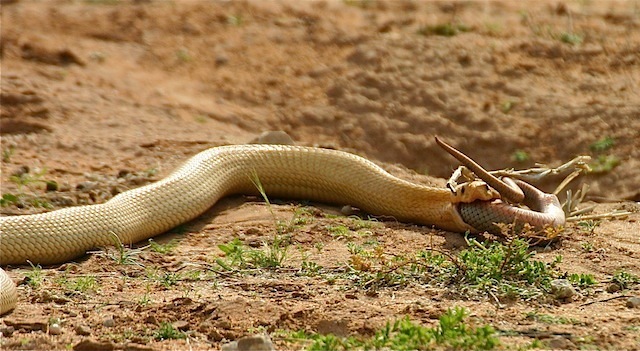 © ExFmem
© ExFmem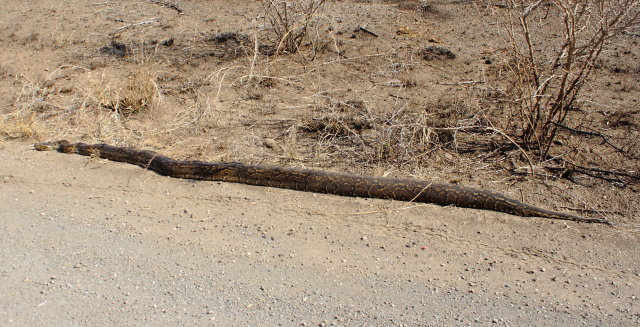
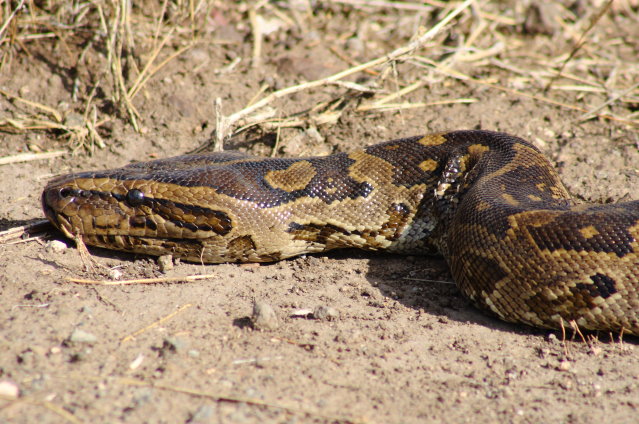
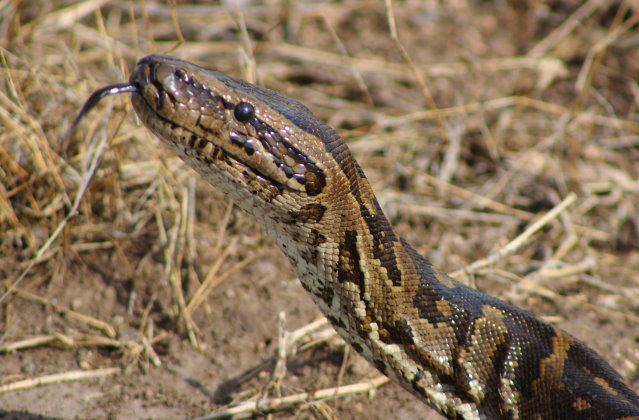
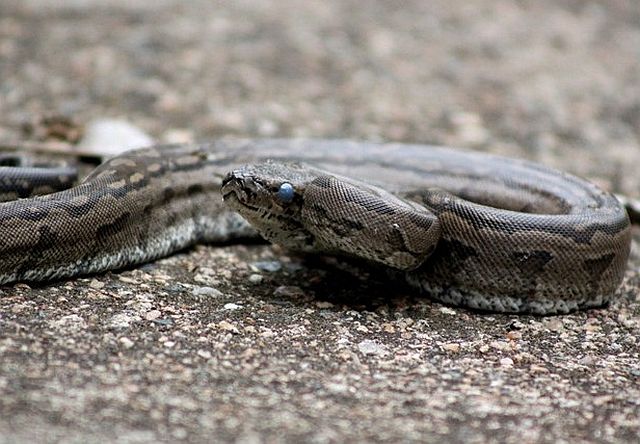 © Heksie
© Heksie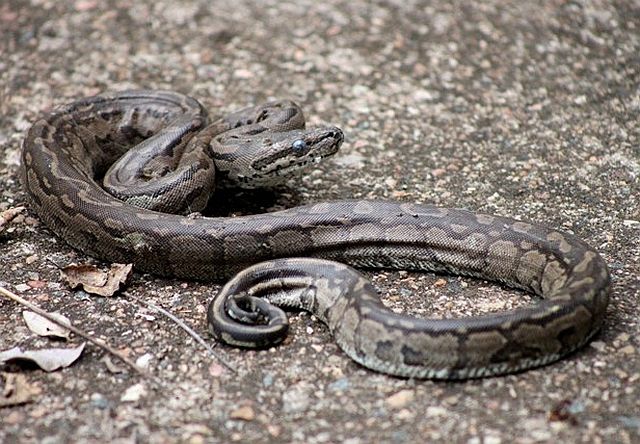 © Heksie
© Heksie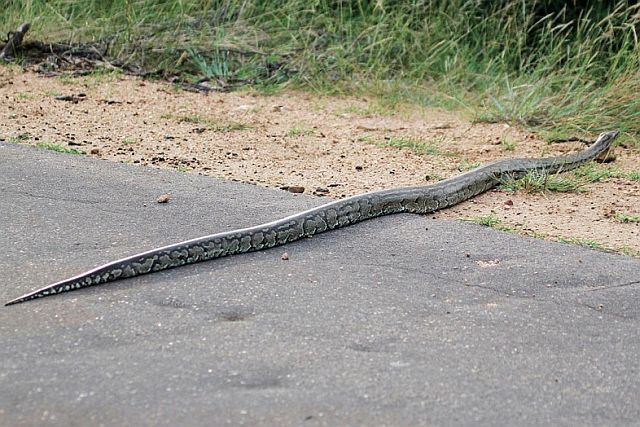 © leachy
© leachy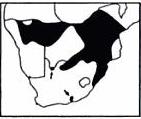
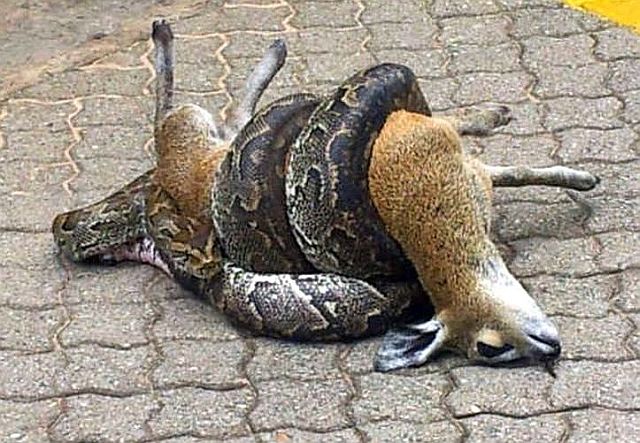 © Bookworm
© Bookworm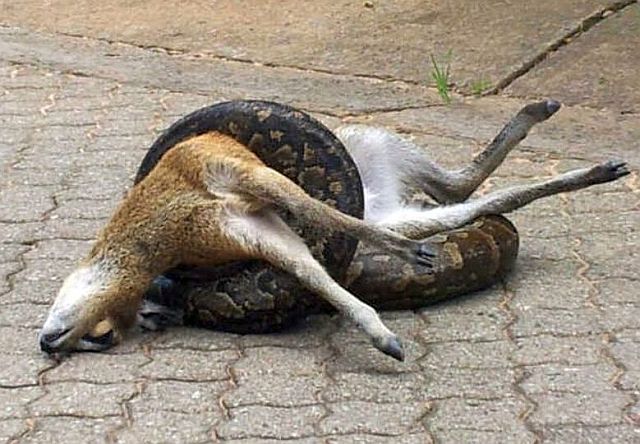 © Bookworm
© Bookworm
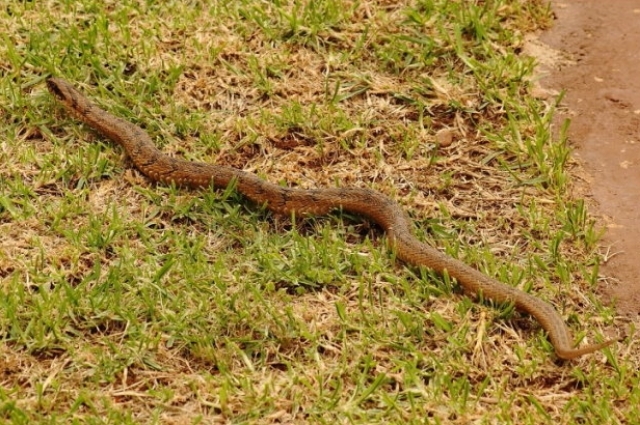 © Flutterby
© Flutterby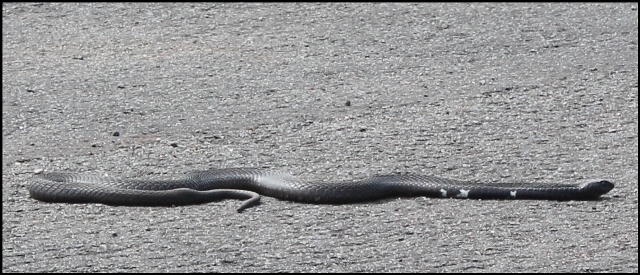
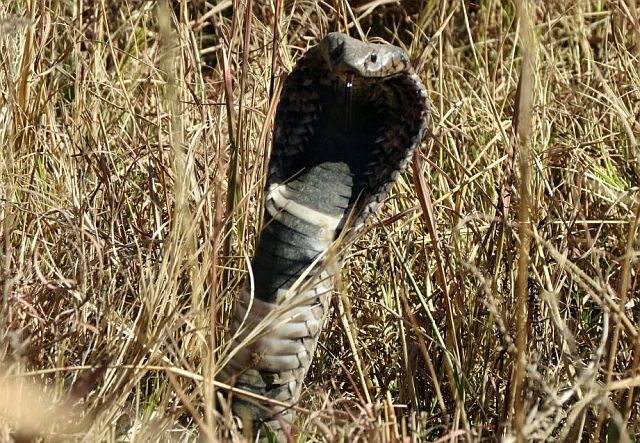 © Vleisvreter
© Vleisvreter
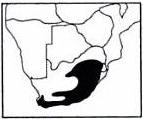
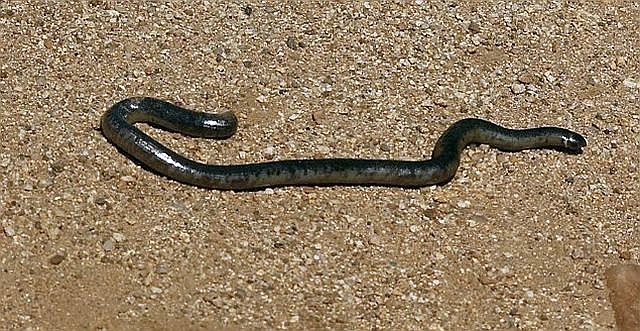
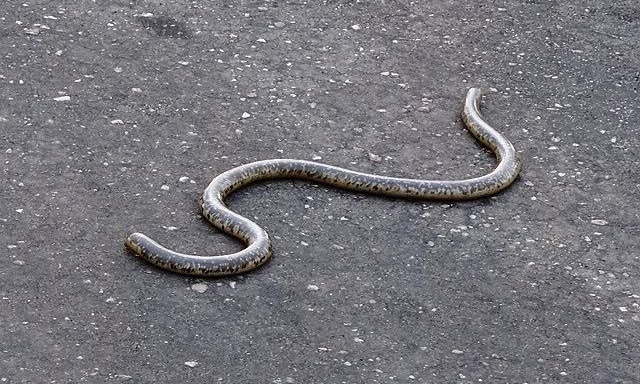 © JustN@ture
© JustN@ture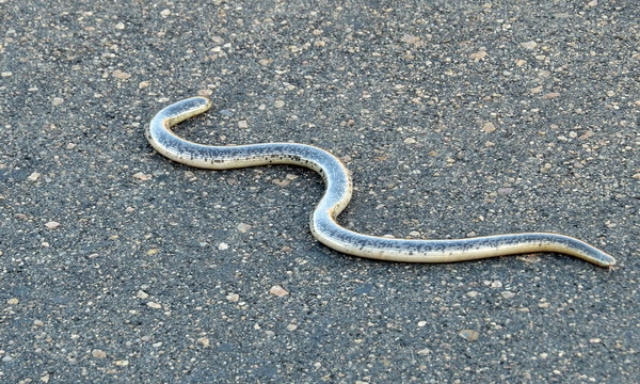 © The Cow
© The Cow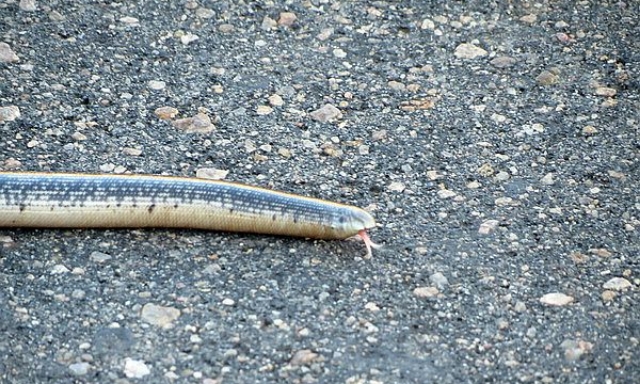 © Hawkeyes
© Hawkeyes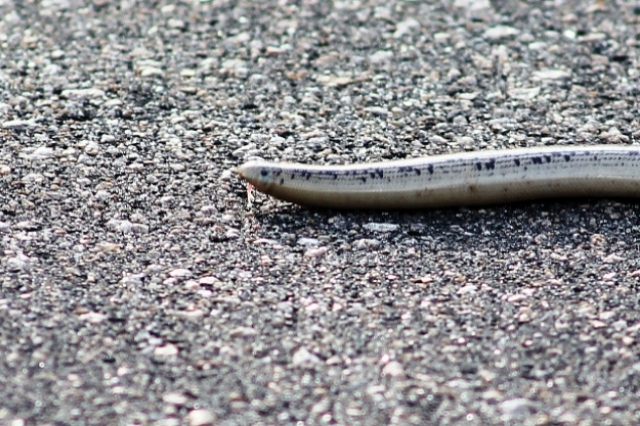 © Amoli
© Amoli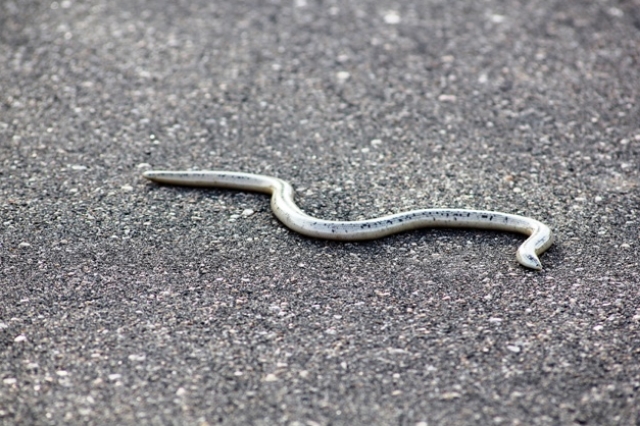 © Amoli
© Amoli © Sprocky
© Sprocky